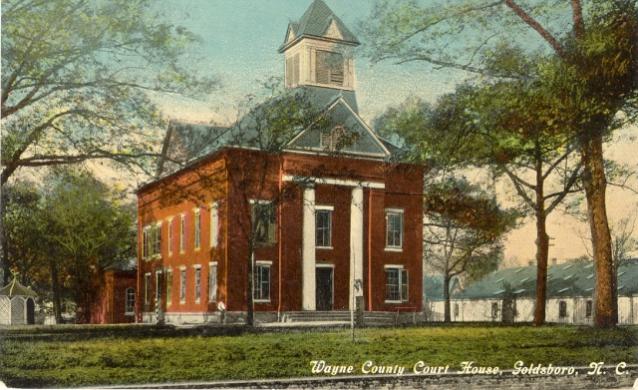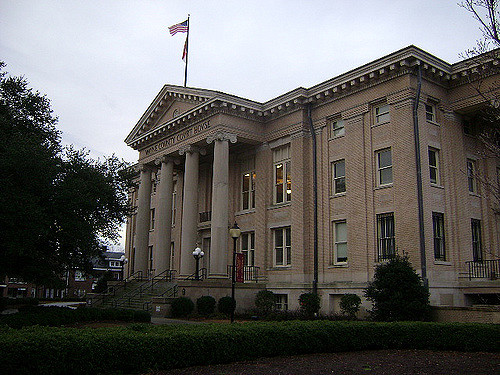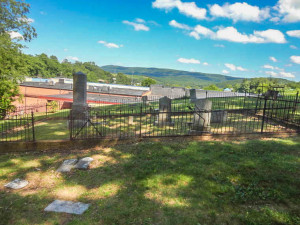Genealogy Records Available to Members
- Miscellaneous Records at North Carolina State Archives 1788 to 1936
- List of Estates 1930 to 1968
Images of Wills, Inventories
- 1782-1792
- 1793-1795
The New Court House in Wayne County


Names of Families in Wayne County Genealogy Records
Genealogists: The History of the Region will Provide your Next Clues
Are you deep in a wallow-hole searching for your next clue as to where to find your ancestors? And more especially, it will answer the probing questions in your gut as to what these people were doing. For example, The Saponi and Tuscarora Indians occupied much of the area which later became known as Wayne County. As the Indians were driven West and counties were formed, English and Scotch-Irish families ventured into the region. The first county seat was established on the land of Andrew Bass and called Waynesborough. It is always a good idea to familiarize oneself with the creeks and rivers and those persons who settled there and witnessed deeds and other records. The fact that a family might not have recorded a deed at the local court house, does not mean that person did not exist. Indeed, a study of the first residents and the trails which they used to enter the region provide bountiful clues as to where to look next.
